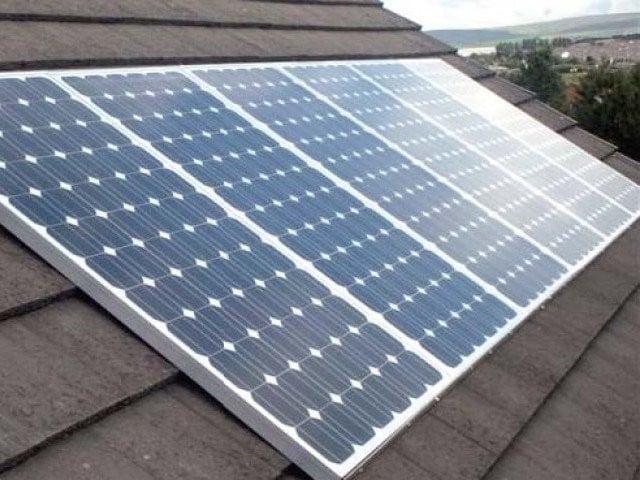LAHORE: Pakistan’s solar industry is expanding swiftly, yet it grapples with significant challenges as more distributed solar systems are integrated into the national grid.
At a seminar titled “Sustainable Energy Solutions – Achieving Net-Zero Targets,” organized by Shenzhen Hopewind Electric, Engineer Syed Faizan Ali Shah, a member of the Prime Minister’s Pakistan Solarisation Committee, outlined critical concerns for the sector.
Shah highlighted the potential for increased exports from net-metered solar systems, particularly during shoulder months when demand dips, which could stress the grid. He noted the disparity in grid utilization, with some areas heavily concentrated while others remain underused.
“The grid is experiencing a decrease in its minimum operational load, creating difficulties in managing reverse power flow, over-voltages, harmonics, and low reactive power,” he explained. Additional issues include power quality concerns, curtailments, rising peak demand, and escalating tariffs.
He attributed the solar sector’s growth to soaring electricity prices and declining costs of solar photovoltaic (PV) modules, alongside a favorable regulatory environment that offers increased buy-back rates and shorter payback periods.
On the industrial front, the absence of bureaucratic hurdles, tax incentives, and zero customs duties on solar imports have further stimulated the sector’s development.
“Pakistan’s utility-scale solar generation is currently at 780 MW, with distributed solar contributing 2,700 MW, not including K-Electric’s 600 MW,” Shah stated. He added that captive solar generation capacity falls between 2,000 and 3,000 MW. This year, Pakistan imported 13 GW of solar inverters and panels, showcasing robust growth in self-generation and grid exports.
However, the industry has faced obstacles, including a 2018 ban on utility-scale solar projects and the import of solar panels. Licensing challenges, low-quality imports, and the COVID-19 pandemic have also hindered progress. Shah emphasized the necessity of modernizing the grid to address these challenges.
“Advancements in distribution grid technology, such as network digitization, transformer monitoring, and implementing SCADA systems to manage power flow, are crucial,” he noted. Improved weather forecasting and incentivizing battery and smart inverter use could further stabilize the grid.
Shah stressed that residential batteries could store excess solar energy for use during peak hours, alleviating grid stress. “Batteries enhance energy security and independence, helping reduce peak demand and promote grid stability,” he added. Encouraging consumers to comply with regulations when installing solar panels and maintain appropriate inverter settings will also help mitigate challenges.
### China’s Solar Transition
In contrast, China is evolving from a solar manufacturing powerhouse to a global leader in intellectual property (IP) innovation. Chen Wei, Executive Deputy Director of China’s Photovoltaics Industry IP Operation Centre, shared insights from the 2023 Photovoltaics IP Development Report during the China IP annual meeting. In 2022, China accounted for over 80% of the world’s solar PV supply chain production, encompassing polysilicon, wafers, cells, and modules.
Chinese companies are increasingly investing in research and development (R&D), with some dedicating 5% of their revenue to PV technology. This focus has spurred innovations in solar cell efficiency, a crucial metric for converting sunlight into electricity. Chinese enterprises and research institutes are now major contributors to the highest confirmed conversion efficiency records in solar technologies.
China’s R&D initiatives have driven a surge in patent applications, with Chinese firms increasing their share of global solar patent applications from 40.8% in 2014 to 82.6% in 2021. By 2022, China had submitted over 175,000 cumulative solar patent applications, accounting for 48% of the world’s total and holding 33,970 valid patents in key PV technologies—more than the combined total of the U.S., South Korea, Japan, and Europe.
Chen emphasized the importance of enhancing international patent protection through the Patent Cooperation Treaty (PCT) and focusing on developing high-quality patents. “We need to improve patent writing and manage portfolios strategically,” he remarked.
With renewable energy projected to make up 76% of global power generation by 2050, solar is expected to play a pivotal role. “China’s solar IP operations have yet to reach their peak, but the future looks promising,” Chen concluded.



